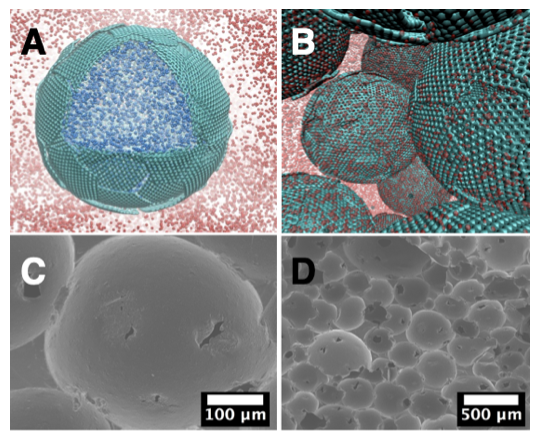Controlled 3D Assembly of Graphene Sheets

A major roadblock in the development of graphene based composite materials has been the separation (or splitting) of graphite into individual graphene sheets. Graphene is a two-dimensional carbon sheet that stacks together to make graphite, much like the playing cards in a deck. Utilizing the attraction of graphene sheets to the high energy interface between two immiscible liquids such as oil and water, we are able to drive the self-rearrangement graphene sheets, as the graphite exfoliates and covers the high energy liquid-liquid interface. Graphene thus acts as a two-dimensional surfactant and can stabilize emulsions. When the oil is a monomer, polymerization of the continuous monomer phase produces composite foams after removal of the water. These composites are electrically conductive as well as solvent selective and are found to swell to different extents in the presence of various organic solvents and do not swell in water.